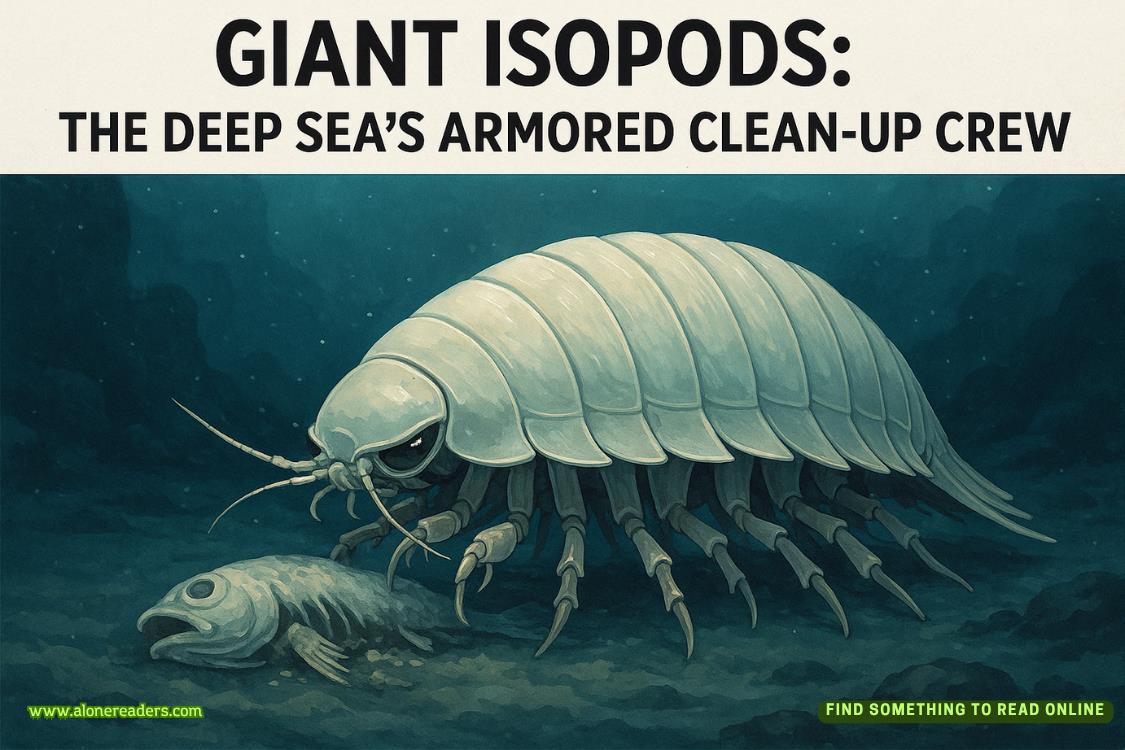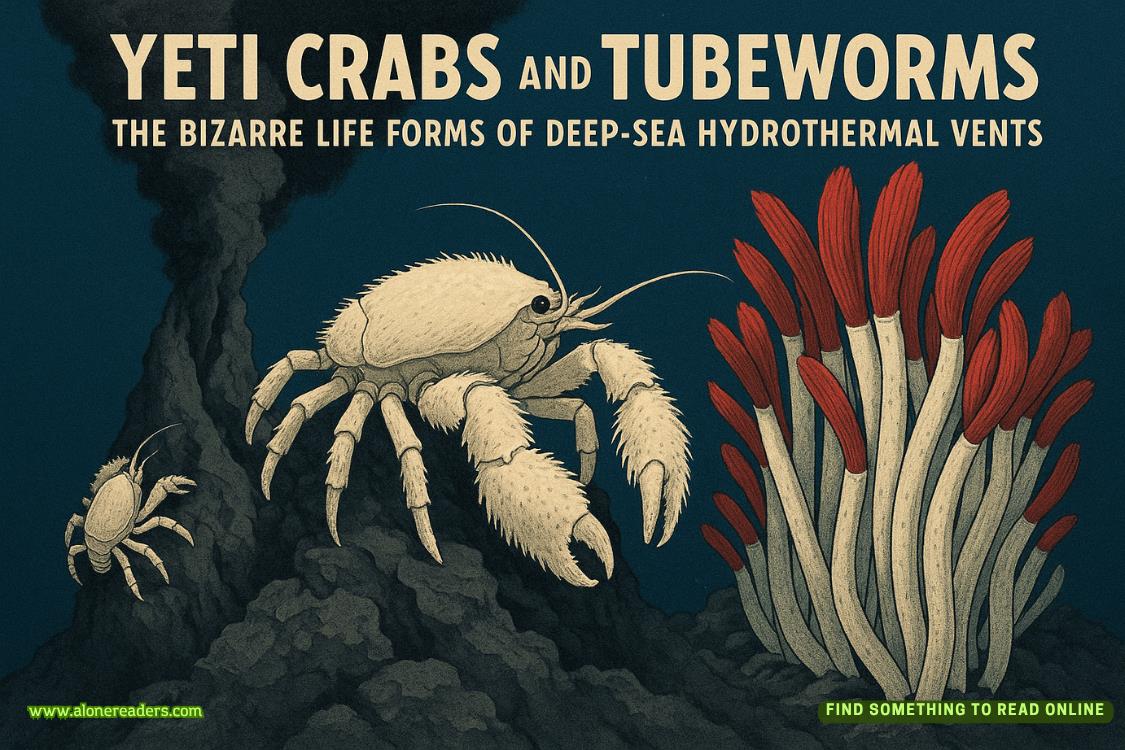For Isobel Loring had been really very celebrated. When she came out she had been the débutante of the season. She had everything except money; beauty, position, breeding, brains. Nobody expected her to marry for love. She wasn’t that kind of girl. In her second season she had three strings to her bow, the heir to a dukedom, a rising politician, and a South African millionaire. And then, to everyone’s surprise, she married Alan Everard – a struggling young painter whom no one had ever heard of.
It is a tribute to her personality, I think, that everyone went on calling her Isobel Loring. Nobody ever alluded to her as Isobel Everard. It would be: ‘I saw Isobel Loring this morning. Yes – with her husband, young Everard, the painter fellow.’
People said Isobel had ‘done for herself’. It would, I think, have ‘done’ for most men to be known as ‘Isobel Loring’s husband’. But Everard was different. Isobel’s talent for success hadn’t failed her after all. Alan Everard painted Colour.
I suppose everyone knows the picture: a stretch of road with a trench dug down it, the turned earth, reddish in colour, a shining length of brown glazed drainpipe and the huge navvy, resting for a minute on his spade – a Herculean figure in stained corduroys with a scarlet necker-chief. His eyes look out at you from the canvas, without intelligence, without hope, but with a dumb unconscious pleading, the eyes of a magnificent brute beast. It is a flaming thing – a symphony of orange and red. A lot has been written about its symbolism, about what it is meant to express. Alan Everard himself says he didn’t mean it to express anything. He was, he said, nauseated by having had to look at a lot of pictures of Venetian sunsets, and a sudden longing for a riot of purely English colour assailed him.
After that, Everard gave the world that epic painting of a public house – Romance; the black street with rain falling – the half-open door, the lights and shining glasses, the little foxy-faced man passing through the doorway, small, mean, insignificant, with lips parted and eyes eager, passing in to forget.
On the strength of these two pictures Everard was acclaimed as a painter of ‘working men’. He had his niche. But he refused to stay in it. His third and most brilliant work, a full-length portrait of Sir Rufus Herschman. The famous scientist is painted against a background of retorts and crucibles and laboratory shelves. The whole has what may be called a Cubist effect, but the lines of perspective run strangely.
And now he had completed his fourth work – a portrait of his wife. We had been invited to see and criticize. Everard himself scowled and looked out of the window; Isobel Loring moved amongst the guests, talking technique with unerring accuracy.
We made comments. We had to. We praised the painting of the pink satin. The treatment of that, we said, was really marvellous. Nobody had painted satin in quite that way before.
Mrs Lemprière, who is one of the most intelligent art critics I know, took me aside almost at once.
‘Georgie,’ she said, ‘what has he done to himself? The thing’s dead. It’s smooth. It’s – oh! it’s damnable.’
‘Portrait of a Lady in Pink Satin?’ I suggested.
‘Exactly. And yet the technique’s perfect. And the care! There’s enough work there for sixteen pictures.’
‘Too much work?’ I suggested.
‘Perhaps that’s it. If there ever was anything there, he’s killed it. An extremely beautiful woman in a pink satin dress. Why not a coloured photograph?’
‘Why not?’ I agreed. ‘Do you suppose he knows?’ ‘Don’t you see the man’s on edge? It comes, I daresay, of mixing up sentiment and business. He’s put his whole soul into painting Isobel, because she is Isobel, and in sparing her, he’s lost her. He’s been too kind. You’ve got to – to destroy the flesh before you can get at the soul sometimes.’
I nodded reflectively. Sir Rufus Herschman had not been flattered physically, but Everard had succeeded in putting on the canvas a personality that was unforgettable.
‘And Isobel’s got such a very forceful personality,’ continued Mrs Lemprière.
‘Perhaps Everard can’t paint women,’ I said.
‘Perhaps not,’ said Mrs Lemprière thoughtfully. ‘Yes, that may be the explanation.’
And it was then, with her usual genius for accuracy, that she pulled out a canvas that was leaning with its face to the wall. There were about eight of them, stacked carelessly. It was pure chance that Mrs Lemprière selected the one she did – but as I said before, these things happen with Mrs Lemprière.
‘Ah!’ said Mrs Lemprière as she turned it to the light.
It was unfinished, a mere rough sketch. The woman, or girl – she was not, I thought, more than twenty-five or six – was leaning forward, her chin on her hand. Two things struck me at once: the extraordinary vitality of the picture and the amazing cruelty of it. Everard had painted with a vindictive brush. The attitude even was a cruel one – it had brought out every awkwardness, every sharp angle, every crudity. It was a study in brown – brown dress, brown background, brown eyes – wistful, eager eyes. Eagerness was, indeed, the prevailing note of it.
Mrs Lemprière looked at it for some minutes in silence. Then she called to Everard.
‘Alan,’ she said. ‘Come here. Who’s this?’
Everard came over obediently. I saw the sudden flash of annoyance that he could not quite hide.
‘That’s only a daub,’ he said. ‘I don’t suppose I shall ever finish it.’
‘Who is she?’ said Mrs Lemprière.
Everard was clearly unwilling to answer, and his unwillingness was as meat and drink to Mrs Lemprière, who always believes the worst on principle.
‘A friend of mine. A Miss Jane Haworth.’
‘I’ve never met her here,’ said Mrs Lemprière.
‘She doesn’t come to these shows.’ He paused a minute, then added: ‘She’s Winnie’s godmother.’
Winnie was his little daughter, aged five.
‘Really?’ said Mrs Lemprière. ‘Where does she live?’
‘Battersea. A flat.’
‘Really,’ said Mrs Lemprière again, and then added: ‘And what has she ever done to you?’
‘To me?’
‘To you. To make you so – ruthless.’
‘Oh, that!’ he laughed. ‘Well, you know, she’s not a beauty. I can’t make her one out of friendship, can I?’
‘You’ve done the opposite,’ said Mrs Lemprière. ‘You’ve caught hold of every defect of hers and exaggerated it and twisted it. You’ve tried to make her ridiculous – but you haven’t succeeded, my child. That portrait, if you finish it, will live.’
Everard looked annoyed.
‘It’s not bad,’ he said lightly, ‘for a sketch, that is. But, of course, it’s not a patch on Isobel’s portrait. That’s far and away the best thing I’ve ever done.’
He said the last words defiantly and aggressively. Neither of us answered.
‘Far and away the best thing,’ he repeated.
Some of the others had drawn near us. They, too, caught sight of the sketch. There were exclamations, comments. The atmosphere began to brighten up.
It was in this way that I first heard of Jane Haworth. Later, I was to meet her – twice. I was to hear details of her life from one of her most intimate friends. I was to learn much from Alan Everard himself. Now that they are both dead, I think it is time to contradict some of the stories Mrs Lemprière is busily spreading abroad. Call s
ome of my story invention if you will – it is not far from the truth.
When the guests had left, Alan Everard turned the portrait of Jane Haworth with its face to the wall again. Isobel came down the room and stood beside him.
‘A success, do you think?’ she asked thoughtfully. ‘Or – not quite a success?’
‘The portrait?’ he asked quickly.
‘No, silly, the party. Of course the portrait’s a success.’
‘It’s the best thing I’ve done,’ Everard declared aggressively.
‘We’re getting on,’ said Isobel. ‘Lady Charmington wants you to paint her.’
‘Oh, Lord!’ He frowned. ‘I’m not a fashionable portrait painter, you know.’
‘You will be. You’ll get to the top of the tree.’
‘That’s not the tree I want to get to the top of.’
‘But, Alan dear, that’s the way to make mints of money.’
‘Who wants mints of money?’
‘Perhaps I do,’ she said smiling.
At once he felt apologetic, ashamed. If she had not married him she could have had her mints of money. And she needed it. A certain amount of luxury was her proper setting.
‘We’ve not done so badly just lately,’ he said wistfully.
‘No, indeed; but the bills are coming in rather fast.’
Bills – always bills!
He walked up and down.
‘Oh, hang it! I don’t want to paint Lady Charmington,’ he burst out, rather like a petulant child.
Isobel smiled a little. She stood by the fire without moving. Alan stopped his restless pacing and came nearer to her. What was there in her, in her stillness, her inertia, that drew him – drew him like a magnet? How beautiful she was – her arms like sculptured white marble, the pure gold of her hair, her lips – red full lips.
He kissed them – felt them fasten on his own. Did anything else matter? What was there in Isobel that soothed you, that took all your cares from you? She drew you into her own beautiful inertia and held you there, quiet and content. Poppy and mandragora; you drifted there, on a dark lake, asleep.















